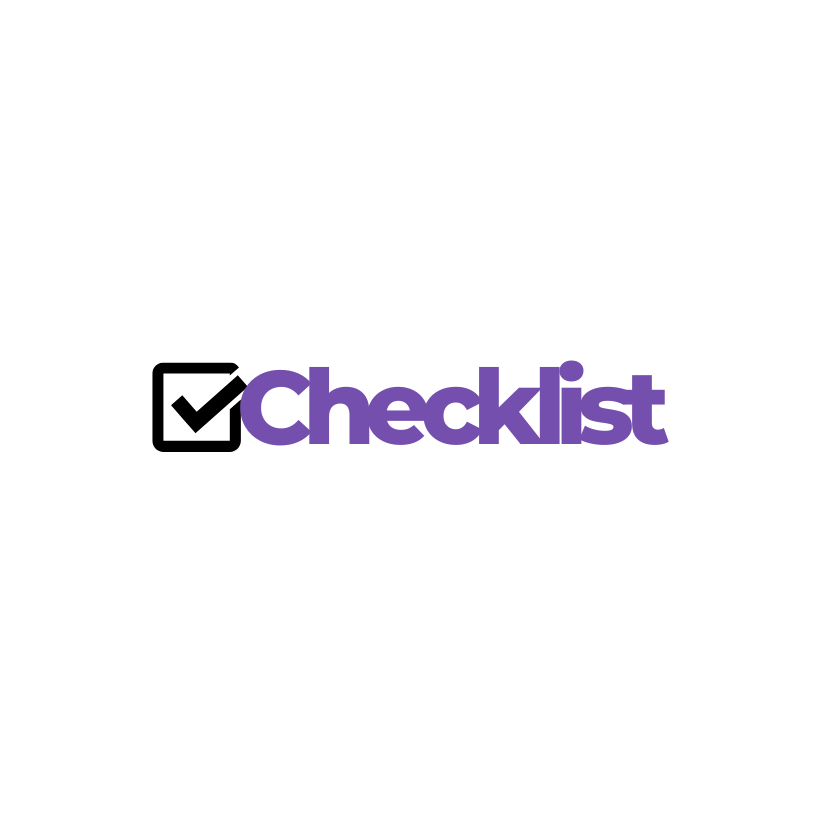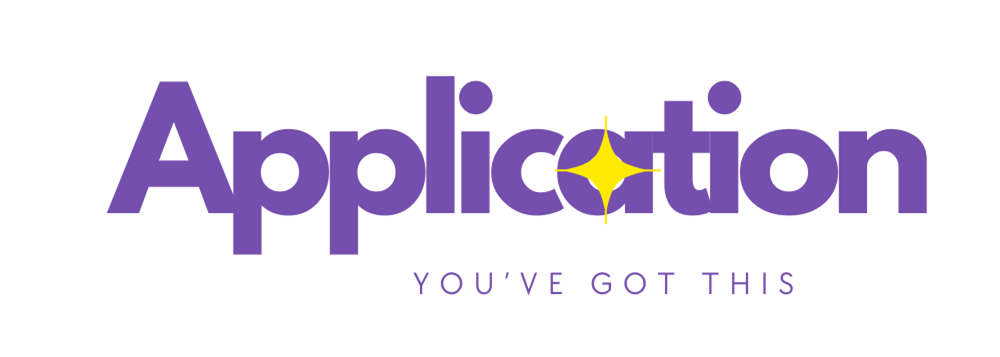Data Collection
SoTL Research Foundations: Data Collection
Introduction
Data collection is a critical phase in SoTL research, encompassing several key topics essential to ensuring the integrity, validity, and ethical compliance of the study. This section will provide an overview of the necessary permissions to conduct the research, plan the data collection process, obtain IRB approval, recruit participants, complete data collection from both primary and secondary sources, and manage the data.
Necessary permissions might include authorization from the university’s Office of Research or similar organization that facilitates university-based research, the institutional review board (IRB), and the department where the research will occur. Planning the data collection involves developing a detailed research prospectus that allows reviewing parties, such as a university office for oversight of research, IRB, and the department chair, to understand the type of data to be collected or retrieved and the potential effects on participants. Obtaining IRB approval is a crucial step to ensure ethical compliance. Recruiting participation involves strategies for engaging students in face-to-face and online environments, as well as how to obtain faculty participation. Completing data collection from primary sources involves the use of instruments or surveys in the classroom with minimal disruption, while retrieving data from secondary sources includes utilizing end-of-course surveys, discussion threads, course grades, and other available resources. Finally, managing the data focuses on responsible data management practices, including upholding confidentiality and anonymity.
Background
Obtaining the necessary permissions is the first step in the data collection process. Authorization from entities like an office for research and grants, the IRB, and the relevant department is crucial to ensure that the research aligns with institutional policies and ethical standards. For example, a university’s office for research and grants can offer guidance on how to obtain permission to collect data, resources, and insights into available data sources. Some universities also manage academic journals suited to topics relevant to the university’s focus.
Planning the data collection involves creating a comprehensive research prospectus. This document should detail the research objectives, the types of data to be collected, and the potential impact on participants. A well-developed prospectus provides clarity to reviewing parties, helping them understand the scope and ethical considerations of the study (Biggs & Tang, 2011). It includes the rationale for choosing specific data collection methods and the expected outcomes, ensuring that all stakeholders are informed and supportive. Data planning should incorporate any data matching requirements, such as the researcher’s plan for ensuring data are correctly matched between multiple sources. An example is describing how the researcher intends to match a classroom-administered survey with the student’s grades.
Obtaining IRB approval is a mandatory step that safeguards the ethical conduct of the research. The IRB reviews the research plan to ensure that it protects the rights and welfare of participants, addressing issues such as informed consent, confidentiality, and potential risks. The IRB process is detailed and rigorous, reflecting its critical role in maintaining research integrity (Office for Human Research Protections, 2016).
Recruiting participation involves strategies tailored to both face-to-face and online environments. In face-to-face settings, recruitment might include announcements during class, distribution of flyers, or face-to-face meetings with potential participants. For online environments, strategies might include email invitations, announcements within the learning management system (LMS), like Halo, or virtual meetings. Recruiting faculty as participants may involve direct outreach, faculty meetings, or departmental communications (Dennen, 2008).
Completing data collection from primary sources, such as surveys or observational instruments, should be done in a way that minimizes disruption to the primary teaching mission. Using activities that are already part of the classroom routine for data collection is an excellent option. These might include additional or specialized discussion prompts, incorporating tools into the course, such as video feedback tools, or flipping the script and having students record video responses to prompts. Other opportunities include administering surveys during class breaks or as part of regular coursework, ensuring they integrate smoothly into the classroom routine (Creswell, 2014).
Universities are often rich with archival data, making secondary data a preferred source of data . Retrieving data from secondary sources involves utilizing existing data like end-of-course surveys, online discussion threads, and course grades. These data sources provide valuable insights without requiring additional time from participants, making them efficient and unobtrusive. However, researchers must ensure they have the necessary permissions to access and use these data, such as a data use agreement (Dennen, 2008).
Managing the data includes responsible practices to ensure data integrity, confidentiality, and anonymity. This involves secure data storage, careful handling of sensitive information, and adherence to ethical guidelines throughout the data lifecycle. Proper data management is crucial for maintaining participant trust and research credibility (Israel & Hay, 2006).
Below there are several options to help you create your own data collection plan. Please take a look to determine which format will work best for you. The "Checklist" is a guide in list form to help you move step by step. The "Application" is instructions in paragraph form. "AI Assist" guides you through prompts so that you can create ayour own data collection plan. in AI. The "Worksheet" guides you through traditional and AI assisted prompts to help fill in your own data collection plan.. If you need more resources, please view "Related Resources" or contact CIRT at [email protected].
---------- Grouped Links ---------
numOfValidGroupedLinks: 8
SoTL Helper (AI - POE external): https://poe.com/SoTLCIRTBOT49
Site Authorization: https://research.gcu.edu/integrity/site
Research Consultation: https://cirt.gcu.edu/research/support/consultation
THINK: https://cirt.gcu.edu/research/support/clubs
IRB: https://research.gcu.edu/irb
SoTL Steps: Collect Data: https://cirt.gcu.edu/blogs/sotl-news/sotl-step-3-collect-the-data
RR: Collect in Qualitative Descriptive: https://cirt.gcu.edu/resources/students/features_of_qualitative_descriptive_studies/data
RR: Collect in Mixed Methods: https://cirt.gcu.edu/research/develop/research_ready/mixed_methods/4
----------------------------------
-------------- Links -------------
numOfValidLinks: 0
----------------------------------
Related Resources
this.updated: True
links.count: 0
obj.hasPermission(enums.PermissionVerb.Edit): False
numOfValidLinks: 0
linksJSON.groups.count: 1
numOfValidGroupedLinks: 8
numOfValidGroupedLinks -> numOfLinksToDisplay: 8
numOfLinksToDisplay = 8
this.layout = 2
- TrueFalse(True || !True && False)https://poe.com/SoTLCIRTBOT492
- SoTL Helper (AI - POE external) TrueFalse(True || !True && False)https://research.gcu.edu/integrity/site2
- Site Authorization TrueFalse(True || !True && False)https://research.gcu.edu/irb2
- IRB TrueFalse(True || !True && False)https://cirt.gcu.edu/research/support/consultation2
- Research Consultation TrueFalse(True || !True && False)https://cirt.gcu.edu/research/support/clubs2
- THINK TrueFalse(True || !True && False)https://cirt.gcu.edu/blogs/sotl-news/sotl-step-3-collect-the-data2
- SoTL Steps: Collect Data TrueFalse(True || !True && False)https://cirt.gcu.edu/resources/students/features_of_qualitative_descriptive_studies/data2
- RR: Collect in Qualitative Descriptive TrueFalse(True || !True && False)https://cirt.gcu.edu/research/develop/research_ready/mixed_methods/42
- RR: Collect in Mixed Methods
view = 2
numColumns = 2
lineBetween = 1
arrowStyle = 3
barStyle = 1
barColor = #470a68
results = 10
Next Level:
Page Options


.png)


